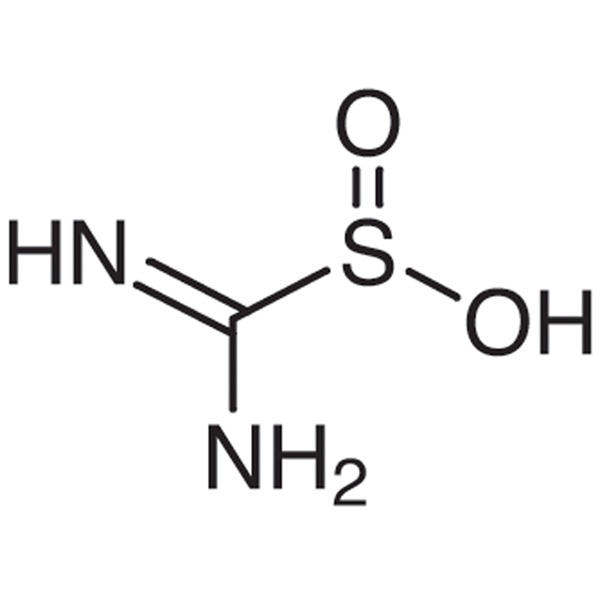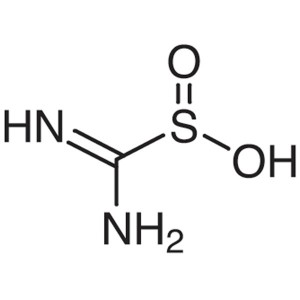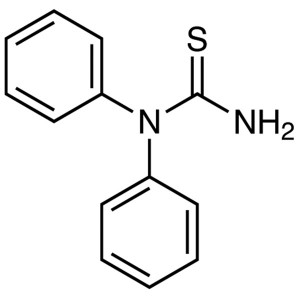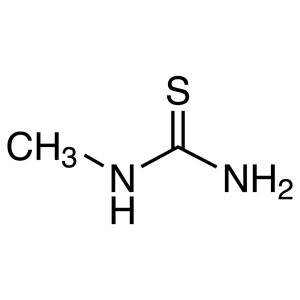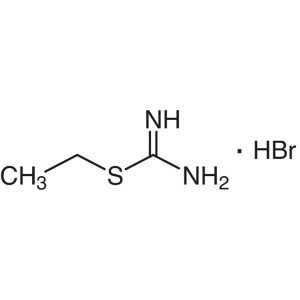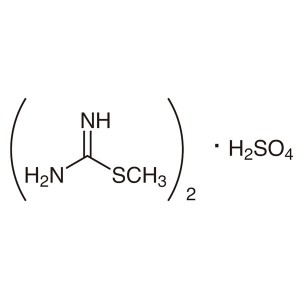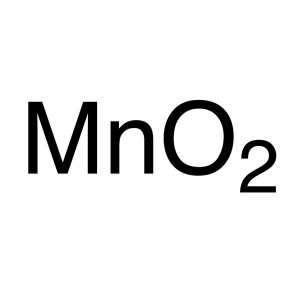Thiourea Dioxide CAS 1758-73-2 Purity ≥99.0%
Shanghai Ruifu Chemical Co., Ltd. is the leading manufacturer of Thiourea Dioxide (Formamidinesulfinic Acid) (CAS: 1758-73-2) with high quality. Ruifu Chemical can provide worldwide delivery, competitive price, small and bulk quantities available. Purchase Thiourea Dioxide, Please contact: alvin@ruifuchem.com
| Chemical Name | Thiourea Dioxide |
| Synonyms | TDO; Formamidinesulfinic Acid; Formamidine Sulfuric Acid; Aminoiminomethanesulfinic Acid; Amino(imino)methanesulfinic Acid |
| Stock Status | In Stock, Commercially Manufactured |
| CAS Number | 1758-73-2 |
| Related CAS RN | 4189-44-0 |
| Molecular Formula | CH4N2O2S |
| Molecular Weight | 108.12 g/mol |
| Melting Point | 124.0~127.0℃(dec.)(lit.) |
| Density | 1.68 g/cm3 at 20℃ |
| Sensitive | Moisture Sensitive |
| Water Solubility | 30 g/L (20℃) |
| Storage Temp. | Cool & Dry Place (2~30℃) |
| COA & MSDS | Available |
| Brand | Ruifu Chemical |
| Items | Inspection Standards | Results |
| Appearance | White Powder | White Powder |
| Thiourea Dioxide Content | ≥99.0% | 99.5% |
| Thiourea Content | ≤0.10% | 0.08% |
| Sulphate | ≤0.17% | <0.17% |
| Moisture | ≤0.05% | 0.04% |
| Iron (Fe) | ≤10ppm | <10ppm |
| Infrared Spectrum | Conforms to Structure | Complies |
| Conclusion | The product has been tested & complies with the specifications | |
Package: 25kg kraft paper compound plastic bags, 500kg and 1000kg container bags, 50kg fiber drums, or according to customer's requirement.
Storage Condition: Store in a tightly closed container. Store in a cool, dry (2~30℃) and well-ventilated warehouse away from incompatible substances. Keep away from fire, heat and direct sunlight. Pay attention to moisture and rain. Keep the container sealed and note that the label is intact.
Shipping: Deliver to worldwide by air, by FedEx / DHL Express. Provide fast and reliable delivery.
How to Purchase? Please contact Dr. Alvin Huang: sales@ruifuchem.com or alvin@ruifuchem.com
15 Years Experience? We have more than 15 years of experience in the manufacture and export of a wide range of high quality pharmaceutical intermediates or fine chemicals.
Main Markets? Sell to domestic market, North America, Europe, India, Korea, Japanese, Australia, etc.
Advantages? Superior quality, affordable price, professional services and technical support, fast delivery.
Quality Assurance? Strict quality control system. Professional equipment for analysis include NMR, LC-MS, GC, HPLC, ICP-MS, UV, IR, OR, K.F, ROI, LOD, MP, Clarity, Solubility, Microbial limit test, etc.
Samples? Most products provide free samples for quality evaluation, shipping cost should be paid by customers.
Factory Audit? Factory audit welcome. Please make an appointment in advance.
MOQ? No MOQ. Small order is acceptable.
Delivery Time? If within stock, three days delivery guaranteed.
Transportation? By Express (FedEx, DHL), by Air, by Sea.
Documents? After sales service: COA, MOA, ROS, MSDS, etc. can be provided.
Custom Synthesis? Can provide custom synthesis services to best fit your research needs.
Payment Terms? Proforma invoice will be sent first after confirmation of order, enclosed our bank information. Payment by T/T (Telex Transfer), PayPal, Western Union, etc.
Risk Codes
R5 - Heating may cause an explosion
R22 - Harmful if swallowed
R36/37/38 - Irritating to eyes, respiratory system and skin.
Safety Description
S26 - In case of contact with eyes, rinse immediately with plenty of water and seek medical advice.
S24/25 - Avoid contact with skin and eyes.
S36 - Wear suitable protective clothing.
UN IDs UN 3341 4.2/PG 2
WGK Germany 1
RTECS PB0372500
TSCA Yes
HS Code 2930909099
Hazard Class 4.2
Packing Group II
Thiourea Dioxide (Formamidinesulfinic Acid) (CAS: 1758-73-2) is an alternative product of insurance powder, which has the characteristics of strong reducibility, good thermal stability, convenient storage and transportation. The product can be used as a reducing agent, a bleaching decoloring agent, a plastic stabilizer, an organic synthetic antioxidant and a sensitizing agent for a photosensitive material. It has been widely used in printing and dyeing, papermaking and other industries.
1. Used as synthetic fiber auxiliaries, decolorizing agents, photographic film emulsifiers, chloroprene polymerization agents, and bismuth and bismuth separating agents, etc.
2. As a reducing agent, thiourea dioxide is widely used in the printing and dyeing industry for dyeing wool, reducing dyes and sulphur dyes, reducing detergents for dyeing disperse dyes, and decolorizing and decolorizing agents.
3. This product is also widely used in the production of fine chemical products such as medicines and spices.
4. A reagent for the reduction of a ketone to a secondary alcohol. Separate rare metals and strontium. Photographic latex sensitizer. PVC stabilizer.
5. Simple reagent for reducing ketone to secondary alcohol. It is widely used in chemical industry and textile industry. It is a strong reducing agent and is increasingly replacing the prominent position of insurance powder in the printing and dyeing field.
Decomposes exothermically at temperatures above 126°C with the emission of noxious gases (sulfur oxides, ammonia, carbon monoxide, nitrogen oxides and hydrogen sulfide) and carbon dioxide. Extended exposure to temperatures above 50°C and moisture may cause visible decomposition. Irritating to skin and mucous membranes. Corrosive to eye tissue. Used in leather processing, the paper industry, photographic industry, and in textile processing as a bleaching agent.
Thiourea Dioxide is a reducing agent and a derivative of sulfinic acid (a weak inorganic acid). Decolorizes and bleaches materials by chemical reduction. Stable under normal temperatures and pressures. May decompose on exposure to moist air or water. Incompatible with strong oxidizing agents, strong bases. Aqueous solutions are acidic and corrosive.
Fire will produce irritating, corrosive and/or toxic gases. Inhalation of decomposition products may cause severe injury or death. Contact with substance may cause severe burns to skin and eyes. Runoff from fire control may cause pollution.
Flammable/combustible material. May ignite on contact with moist air or moisture. May burn rapidly with flare-burning effect. Some react vigorously or explosively on contact with water. Some may decompose explosively when heated or involved in a fire. May re-ignite after fire is extinguished. Runoff may create fire or explosion hazard. Containers may explode when heated.

